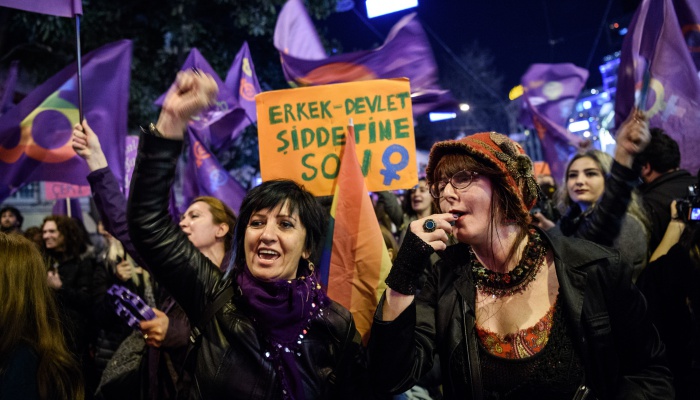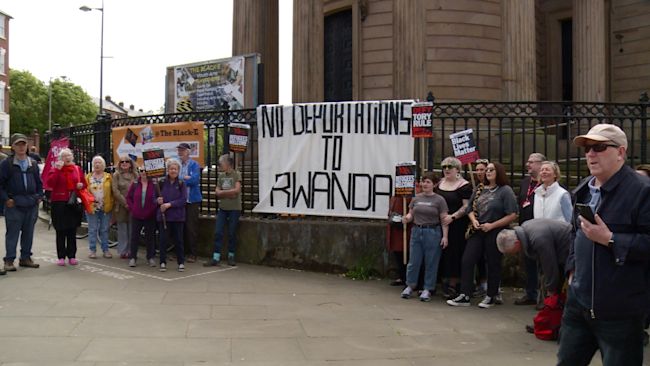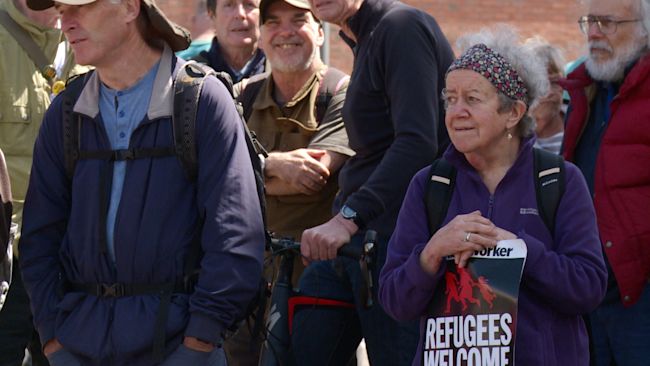Alison Mau May 29 2022
Jacinda Ardern discusses the Texas school shooting and gun control with Stephen Colbert.
Alison Mau is a senior journalist and editor of the #MeTooNZ project.
OPINION: By today's standards, I had a dangerous childhood. Roaming the neighbourhood until after dark, taking the tram to school from the age of five, getting into unsupervised trouble left, right and centre.
This was the way of the 1970s; we were told to "go and play", and expected to disappear without question while the adults got on with adult things. According to family legend, our beloved German Short-haired Pointer saved my life, twice, when I’d made "poor decisions" on family outings in the countryside (those are stories for another day).
At school, there was only concrete under the monkey bars we hung on every lunchtime; if you hadn't broken an arm by the time you graduated you were considered one of the very lucky ones. A knee-height bluestone fence was the only thing separating the grassed playgrounds and asphalt netball courts from the street. You could walk onto the school grounds from multiple entry points; this was not considered an issue, because the emphasis was on keeping schoolchildren in. Leave the school without permission and you risked being sent to the principal's office for "the strap".

JAE C. HONG/AP
Pastor Daniel Myers kneels in front of crosses bearing the names of Tuesday's shooting victims while praying for them at Robb Elementary School in Uvalde, Texas, Thursday, May 26, 2022.
No-one considered a need to keep unwanted, potentially dangerous people out.
I was bullied at school, by pretty much everyone, from the day I started until well into my high school years thanks to a run-of-the-mill but rather obvious physical deformity (I had my ears surgically pinned back when I turned 15). My most valuable safety asset was an older sister willing to defend me in the playground.
School was uncomfortable, often upsetting, but never did I feel unsafe. I certainly never feared for my life.

WILLIAM LUTHER
A state trooper walks past the Robb Elementary School sign in Uvalde, Texas, Tuesday, May 24, 2022, following a deadly shooting at the school.
As someone raised in that era, I've found one of the most poignant and frustrating parts of the reporting in the wake of the mass shooting of children in Uvalde, Texas this week, has been the discussion around the school's security measures - and how they must have failed.
According to news reporting, the Uvalde school district had doubled its security budget in recent years, to comply with state legislation brought in after eight students and two teachers died in a shooting at Santa Fe high School in Houston in 2018.
The result sounds like a fortress rather than a primary school.
Uvalde District had armed police officers, software to monitor social media, a threat reporting system and threat assessment teams, monitored entrances, and yes, fences to keep potentially dangerous people out. Teachers were required to lock classroom doors. Still, the 18-year-old shooter found an unlocked back door at Robb Elementary, and entered with a plan for deadly havoc.
No doubt the person who left that door unbarred will be found and questioned and blamed. And yet after Santa Fe, officials admitted none of these measures would have guaranteed safety from a person determined to carry out a deadly plan. They doubled down anyway. Texas Governor Greg Abbott put the focus on "hardening targets" - shorthand for making schools virtually impenetrable.
Santa Fe was one of the schools in the process of arming teachers and staff when the 2018 shooting took place. There were another 15 school shootings in the US that year, and according to a Washington Post database more than 300,000 American students have experienced gun violence in their schools since the Columbine shooting in 1999.
Abbott also promised action on tightening gun laws, and then did an apparent 180-degree turn, signing off on a permitless carry Bill in 2021. The result has been another generation of young kids, in yet another town, who can no longer feel safe at school as I did.

DARIO LOPEZ-MILLS/AP
Democrat Beto O'Rourke, who is running against Texas Governor Greg Abbott for governor this year, interrupts a news conference headed by Abbott in Uvalde, Texas.
There's been plenty of analysis this week on what has made the US such a stark outlier internationally when it comes to gun violence, and particularly mass shootings. This analysis has been going on for years; in 2017 a New York Times piece dove into the data, coming up with one answer - it's not mental health, it's not video games, it's not the overall level of violent crime - it's all the guns. Americans make up 4% of the world's population but own 42% of the guns, and studies have found that has a clear connection to the odds of it experiencing a mass shooting.
"American crime is simply more lethal", the piece concluded. "A New Yorker is just as likely to be robbed as a Londoner, for instance, but the New Yorker is 54 times more likely to be killed in the process."
This is - incredibly, unfortunately - a partisan issue. The New York Times this week asked all 50 Republican senators whether they would now support two Bills that passed in the House last year, that would allow stronger background checks for gun buyers. Most of them declined to answer, or said they would not. Many leaned on the need for more information - as if the research, and the litany of tragedies stretching back decades, does not exist.
That feeling you had when you heard about the Uvalde killings? Sick to your stomach, and yet deeply unsurprised? The only truly surprising, breakthrough moment, will come if and when lawmakers agree that gun control is necessary, and urgent.










